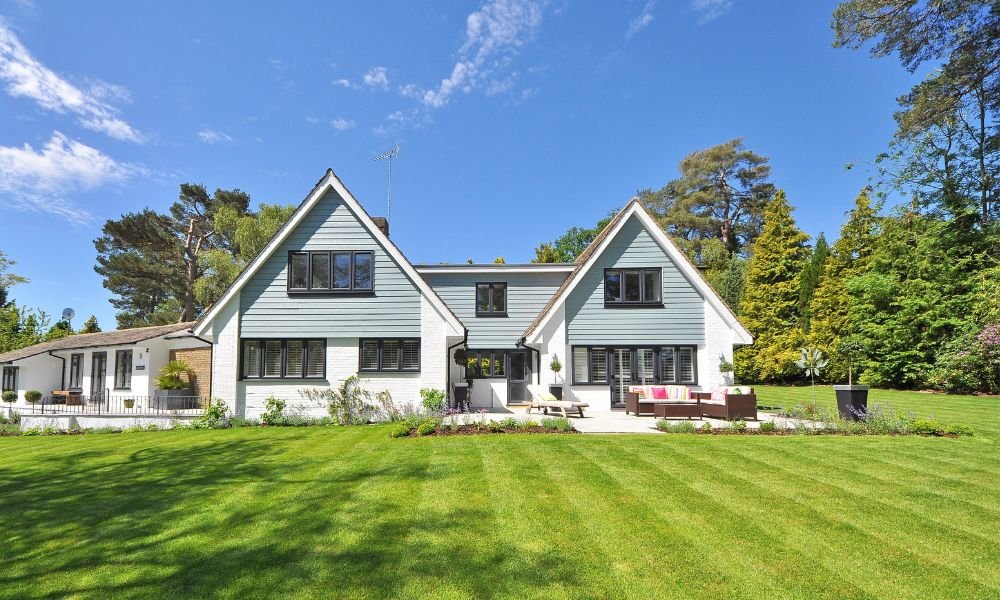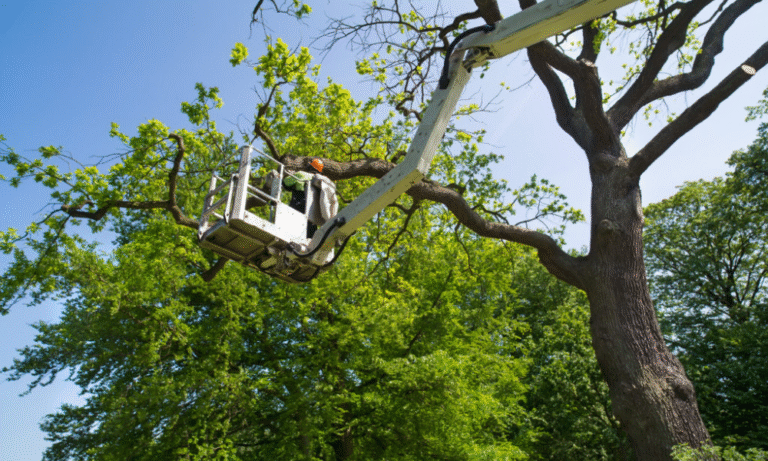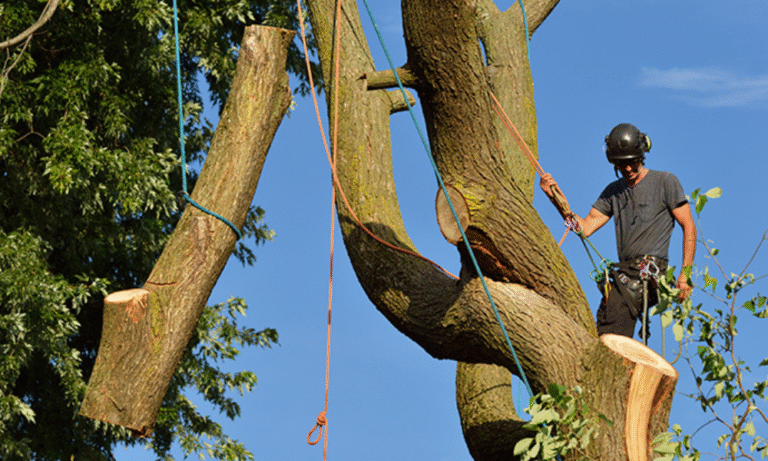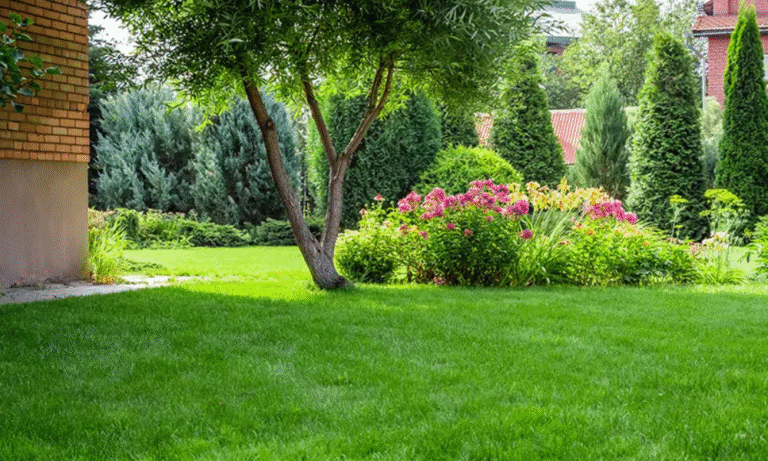Estimated reading time: 4 minutes
Maintaining the health of your trees and shrubs is an important part of home ownership. Not only do they add aesthetic value, but they also play a key role in protecting your property from damage in bad weather. Here are five tips for keeping your trees and shrubs healthy.
1. Water Them Deeply but Infrequently
To best keep your trees and shrubs healthy, water them deeply but less often. This encourages deep root growth, which helps the plant to withstand drought conditions better.
Deep watering also helps prevent the formation of shallow roots, which are more susceptible to heat, cold, and excessive moisture damage. To water deeply, slow the flow so that it seeps into the ground around the plant’s roots. This will help ensure the plant receives the moisture it needs without suffering from waterlogged soil.
It is also good practice to water in the early morning or evening hours to minimize evaporation. And, if possible, try to use collected rainwater, as it is free of chemicals and other pollutants that can harm plants.
2. Prune Dead or Damaged Branches Regularly
Dead or damaged branches can provide a host of problems for trees and shrubs. They can cause the plant to become unbalanced, leading to structural problems. Dead branches also provide a perfect breeding ground for pests and diseases, which can quickly spread to other parts of the plant.
For these reasons, it’s important to regularly prune dead or damaged branches. This will help maintain the plant’s health and prevent serious problems from developing. When pruning, be sure to use clean, sharp pruning shears. This will help prevent the spread of disease and ensure a clean cut that will heal quickly.
3. Fertilize Them
Trees and shrubs need nutrients just like any other plant in your yard. However, because they are often slower-growing than other plants, they can benefit from a slow-release fertilizer. This fertilizer provides a steady supply of nutrients over an extended period, allowing the tree or shrub to absorb them as needed slowly.
This is in contrast to fast-release fertilizers, which release all their nutrients at once and can actually “Burn” the plant if not used carefully. Slow-release fertilizers are available in granular and liquid forms, so you can choose the type that best suits your needs.
4. Mulch Around Them
Mulching is an excellent way to help protect trees and shrubs from harsh weather conditions, pests, and diseases. Mulch helps to insulate roots in cold weather and keeps them cooler in hot weather. It also helps to retain moisture in the soil and prevent weeds from growing around the base of the plant.
If you’re going to mulch, make sure not to overdo it by stacking it too high or close to the trunk of the tree or shrub. This could cause problems with rot or insect infestation. A layer 2-3 inches thick should be plenty for most plants.
Also, be sure to choose the right type of mulch. Organic mulches, such as wood chips or bark, are best because they help improve the soil as they break down over time. Inorganic mulches, such as gravel or plastic, do not have this benefit and can harm the plant if used improperly.
5. Inspect Them Regularly for Pests or Diseases
Even well-cared-for trees and shrubs can fall victim to pests or diseases at some point. That’s why it’s essential to inspect them every once in a while, for any signs of trouble. Some common signs include discolored leaves, wilting, unusual growth patterns, and excessive pests such as ants or aphids.
If you spot any of these problems, immediately treat them with an appropriate pesticide or fungicide (be sure to follow all label directions!). Catching problems early is crucial for preventing serious damage or even death to your trees and shrubs.
You should also contact a professional Arborist in Portland if you have any concerns about the health of your trees or shrubs. An arborist can provide a comprehensive assessment of the plant and make treatment recommendations if necessary.
Conclusion
Not only do trees beautify a landscape, but they also improve the environment and bring numerous benefits to our lives. They help clean the air and provide shade and shelter. To keep your trees and shrubs healthy, follow the tips above. And, if you are ever worried about the health of your plants, be sure to contact a professional arborist.



